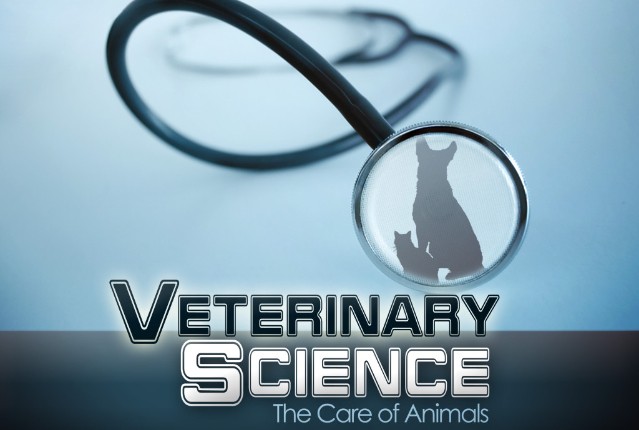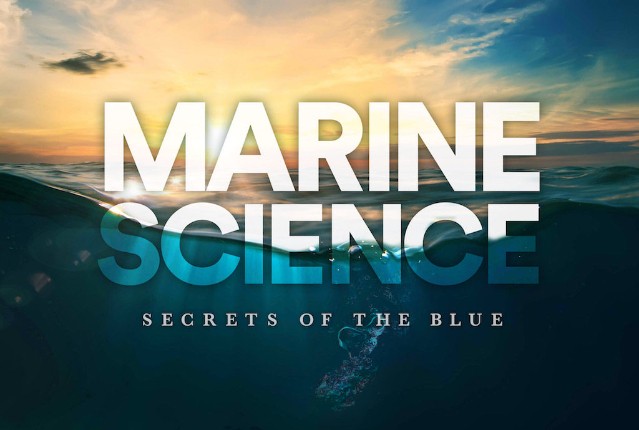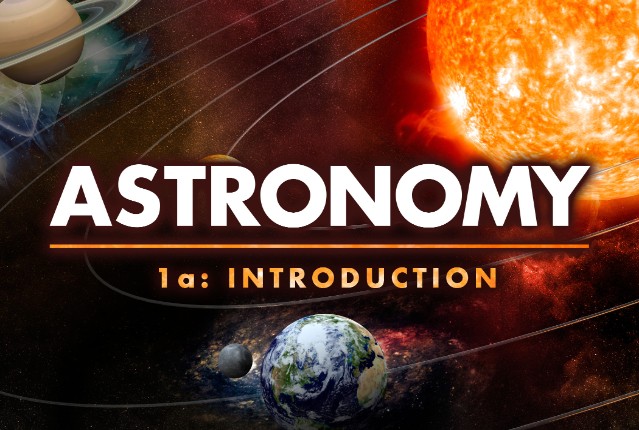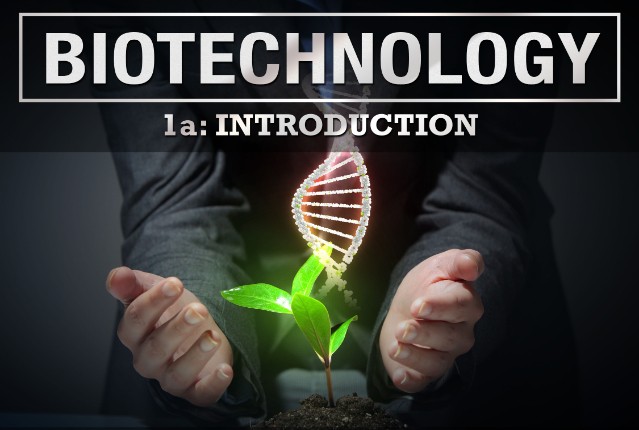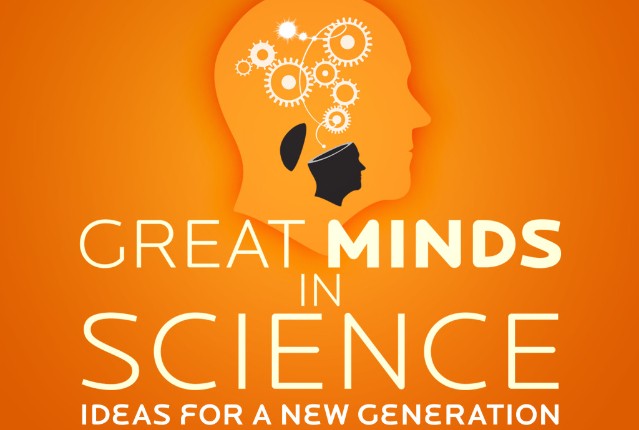
Great Minds in Science: Ideas for a New Generation
Does life exist on other planets? Will the issue of global warming ever be solved? Today, scientists, explorers, and writers are working to answer such questions. Like such famous minds from history as Edison, Einstein, Curie, and Newton, today’s scientists are finding ways to revolutionize our lives and the world. Explore the extraordinary work of past individuals and how their ideas may very well shape the world of tomorrow.
Review course outlineAccess for a year
USD 299.00*
* Choose more courses to get a discount
